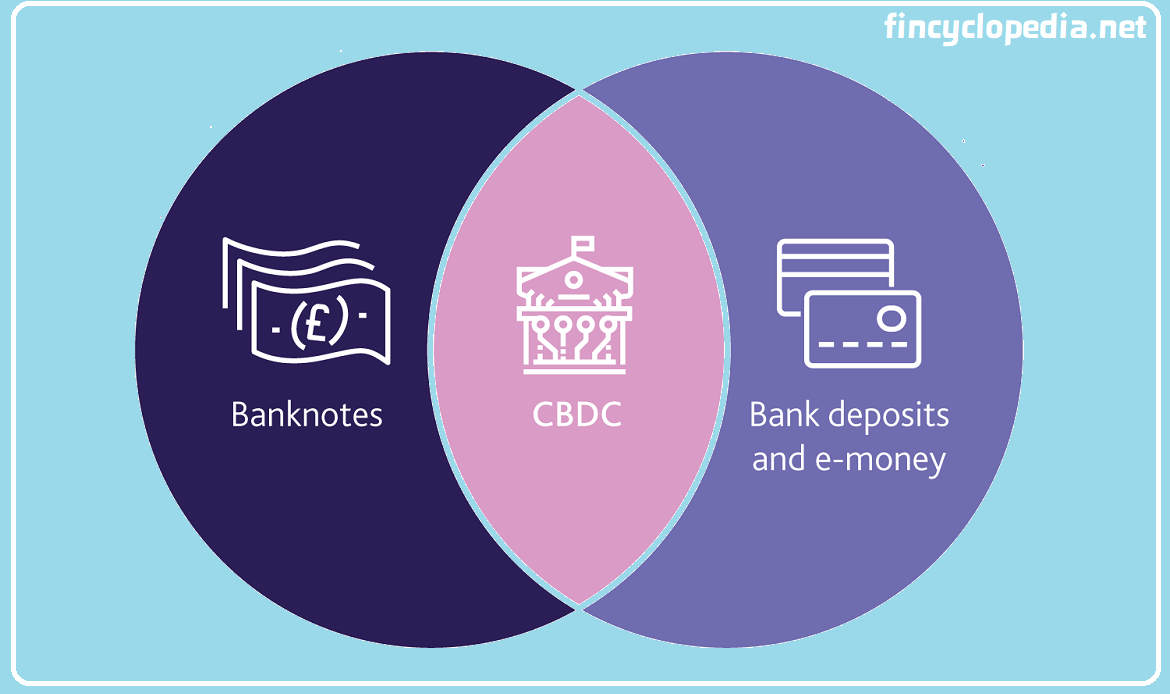A bank’s or financial institution’s capital that is made up of its equity capital and disclosed reserves. It constitutes an entity’s called-up share capital and eligible reserves plus non-controlling equity interests, less intangible assets and other deductions (other regulatory deductions) relating to the excess of expected loss over regulatory impairment allowance and securitization positions as determined by a regulatory authority.
In other words, it is an entity’s ordinary or common shareholder’s capital, excluding all hybrids.
By composition, a core tier-1 capital consists of: paid-in capital, retained earnings, surplus reserve, general risk reserve, undistributed profits, accumulated other comprehensive income (AOCI), capital reserve as well as all relevant regulatory adjustments (e.g., prudential valuation adjustments, goodwill net of deferred tax liabilities, gains on sale related to asset securitization, direct or indirect holding in own ordinary shares, etc.)
Relating a bank’s core tier 1 capital to its total risk-weighted assets (total RWAs) gives the so-called tier-1 capital ratio.
It is known for short as CT-1 capital or also common equity Tier 1.






